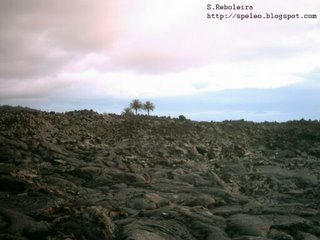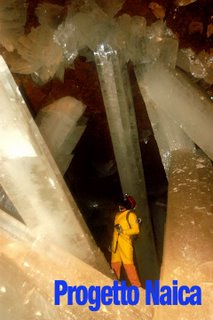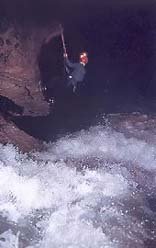



O Tubo vulcânico de Todoque (Ilha de La Palma, Canárias), está situado na escoada lávica de 1949, da erupçao histórica do vulcao de San Juan, município de Los Llanos.
O tubo de Todoque tem inumeras aberturas naturais provenientes de abatimentos e de bolhas de gases, o que torna a progressao muito agradavel e supreendente.
«...los tubos de lava son estructuras geomorfológicas propias de zonas volcánicas que en La Palma cuentan con una buena representación, siendo éste uno de los más largos de la isla. Su interés científico es eminentemente geológico y se acrecienta por su importancia biológica al albergar una fauna peculiar de formas invertebrados muy adaptadas a la vida hipogea.»





